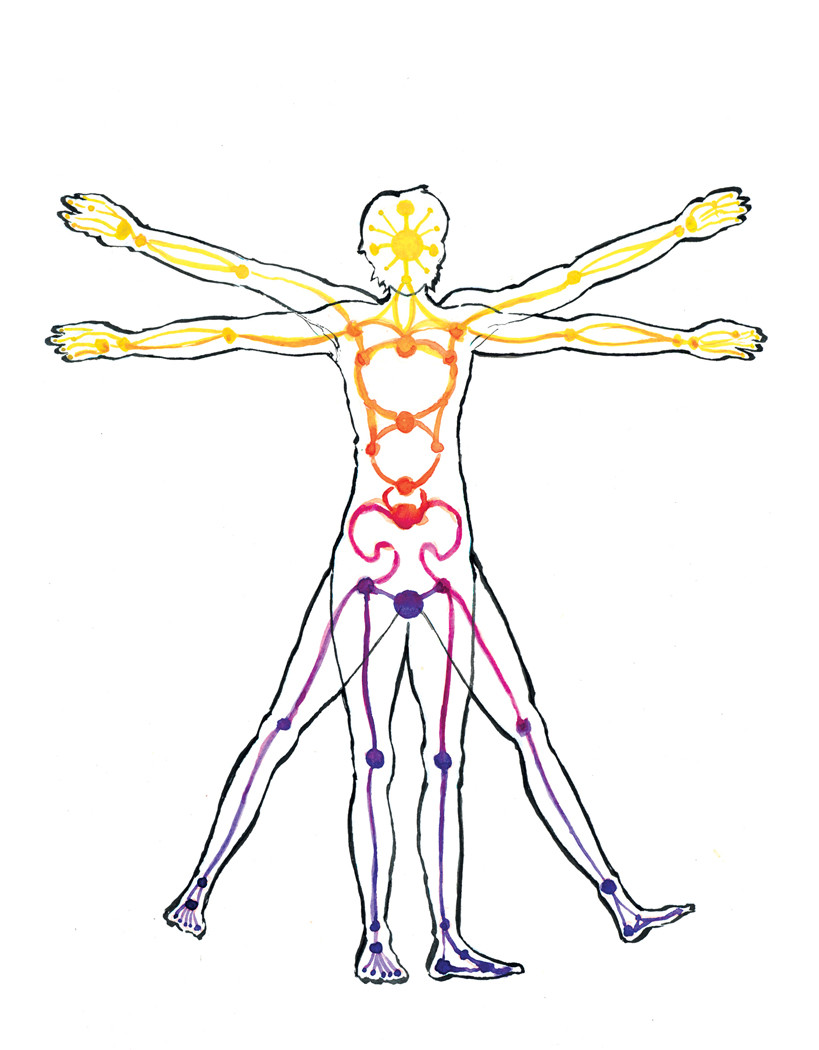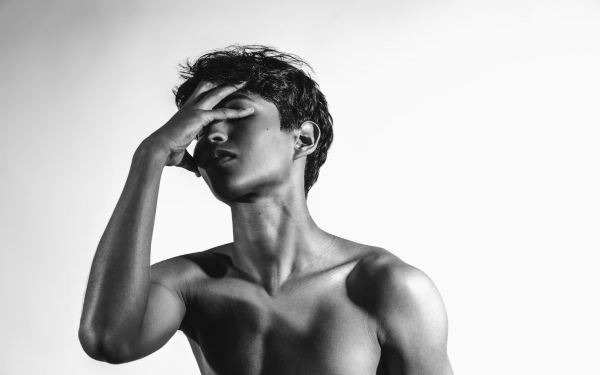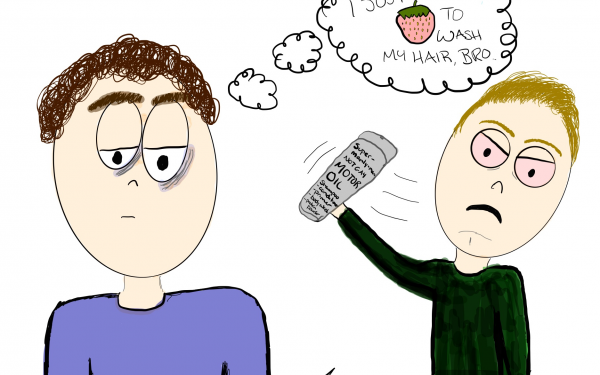Redefining Queer
The word “queer” has gone through many transformations. Originally, it was used to refer to an odd thing or occurrence.
Then it was used to out, insult or otherwise denigrate individuals that weren’t heteronormative—that is to say, straight and/or adherent to gender roles and presentation.
Then the LGB (a friend currently involved in trans politics strongly objects to the T being added there; see sidebar) movement contributed to it being reclaimed and used as a word of power around the‘80s (see Queer as Folk or Queer Eye for the Straight Guy).
Today, with the gender and sexuality movements in their heyday, new words have come into use (such as cis, poly, non-binary, passing) and the word “queer” has fallen into limbo. Some use it as an umbrella term to refer to all things non-heteronormative, which works in an ad hoc way but ignores the reproduction of heteronormative dynamics in queer spaces, as well as the fluidity that actually exists within gender, sexuality and the relationship spectrum.
Some of my friends identify as “queer” because they don’t conform to the norm of feminine body hair. Their “queerness” is a challenge to beauty standards. Another friend urgently corrected me when I said I wanted her to be part of a party with all my queer friends. She identifies as cis, heterosexual, and monogamous, and is cautious of appropriating the identity of individuals who are none of these things. Her definition of queer equals non-heteronormative. Yet another friend was peer-pressured out of a communal household because she wasn’t “queer” enough for the space, nor sufficiently well-versed in queer politics.
For me the word “queer” has acquired a new dimension, one I see reflected in my immediate community.
When referring to queer spaces in terms of places to advertise events or share news with, I assume spaces where people meet based on particular genders and sexualities. In this context, I use it as an umbrella term for non-heteronormative identity groups.
When referring to queer spaces as somewhere to go, I’d expect to interact with people aware and respectful of the diversity of genders and sexualities (and usually of other marginalized identities, though I don’t assume this).
In other words, even if diversity isn’t actually represented, it is taken into account.
For me, being queer means being aware of diverse identities and consciously fostering an inclusive environment.
We are open to being checked and are willing to check others for the sake of creating spaces in which everyone can be included. In this context, “queer” still has very strong connotations of gender and sexuality. There is an expectation of intersectionality in politics and values.
This is far from being a universal way of identifying as queer. Ask people respectfully what they mean if they share their identity with you.
Under this definition, you can be cis, straight, and also queer. Odds are, if you share these values and are in my spaces, one of us will ask you if you identify as such, and start that conversation.
Someone asked me recently if the word “ally” wouldn’t encompass this definition. It might, but in the ways I’ve seen people self-identify as allies, it doesn’t. While this is far from being universal, I have encountered a fair number of “allies” that simply cannot handle being checked or, while having aligning philosophies, don’t actively challenge practices of exclusion in mainstream spaces.
I also personally dislike the element of “othering” the word ally has. It seems to only be applicable to people with mainstream identities (straight, cis, typically white), marking them as supporting of “alternative” lifestyles.
In contrast, under this proposed definition of queer, a person can identify as feeling more comfortable in non-heteronormative communities. It’s a way to break the segregation based on gender, sexuality, and often of other marginalized identities.
List of relevant definitions
Heteronormative: cis, heterosexual, and monogamous
Cis: assigned gender at birth corresponding with actual gender
Heterosexual: within the framework of the gender binary, sexual attraction to only the opposite gender
Monogamous: being sexually active with only one person at a time, either due to personal preference or an agreement made with a partner
Passing: having strangers correctly identify your gender according to your gender presentation
Homonormative: an uncommon term referring to how the dominant culture is such that spaces claiming to be the opposite of heteronormative often recreate heteronormative gender roles
Relationship spectrum: this is a concept that doesn’t quite have its own word to build theories around yet. Dialogue in regards to the kinds of intimate and/or sexual relationships people are capable of having is sadly lacking. Even among those with actively polyamorous lives, vocabulary around equal relationships, primary/secondary relationships, sex-buddies, platonic life-partners, etc. is not clear or defined. As such, it is an aspect of relationships and identity that usually gets ignored until it becomes a problem, rather than an active aspect of negotiating new relationships.
Why we need to remove the “T” from “LGBT”
By Lucas Charlie Rose
The most obvious reason to stop including the T in the LGBT struggle for social rights is that the struggle from the lesbian, gay and bisexual perspective is one of sexuality, and from the trans perspective it is one of gender.
By grouping these two struggles together, the social struggle of trans individuals gets mistaken as one of sexuality and not gender. Where, then, can trans individuals that identify as straight go? And what box do they tick in forms asking if they are straight, gay, bisexual, or transgender?
LGB friendly spaces seldom take into consideration ways in which trans individuals can be made to feel safe. LGB spaces seldom foster or open conversations that acknowledge the identities and needs of trans individuals. They are typically ciscentric.
An example of this kind of centrism is the presumption that only/all women have periods. Untrue. Women who have had hysterectomies, gone through menopause or simply never had an uterus don’t have periods.
Conversely, there are men who do get periods.
This lack of consideration makes many LGB spaces unsafe for trans people, which is another reason to remove the T from LGBT.



_600_375_90_s_c1.jpg)
_(1)_600_375_s_c1.png)

